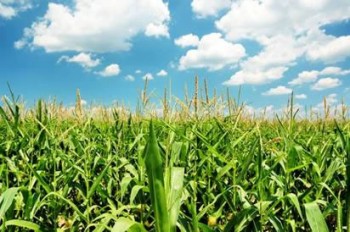News
EU funds new research in High-Performance Biobased Polymers
17 September 2010

HIGHBIOPOL will use a bioplastic which is made by fermenting the starches found in corn. The sugars in the corn’s starch ferments into a plastic called Poly Lactic Acid (PLA) which can then be used to create plastic pellets that are moulded into products
Many of the biobased plastics currently available lack the performance of traditional petroleum based polymers and their use is therefore often limited to disposable items such as packaging trays, containers, shopping bags, etc.
The objective of the HIGHBIOPOL project is to develop a range of multifunctional engineering biopolymer systems for more advanced applications such as automotive, general engineering or consumer products markets with improved performances (mechanical and electrical) and functionalities (sensing and durability). The main advantage of the use of biopolymers is to create these performance products from sustainable resources, competing with fossil hydrocarbon sourced polymers, at the same time leaving open the possibility of biodegradability and composting as an alternative end-of–life option in addition to mechanical recycling.
The project which will start January 2011 has a total value of around £1M (£300K to QM) involves Prof. Ton Peijs and Dr. Emiliano Bilotti and QM’s spin-out Nanoforce Technology Ltd. and is funded through the FP7 Matera+ program and will also involve Nanocyl S.A. and the University of Mons, both from Belgium.
The objective of the HIGHBIOPOL project is to develop a range of multifunctional engineering biopolymer systems for more advanced applications such as automotive, general engineering or consumer products markets with improved performances (mechanical and electrical) and functionalities (sensing and durability). The main advantage of the use of biopolymers is to create these performance products from sustainable resources, competing with fossil hydrocarbon sourced polymers, at the same time leaving open the possibility of biodegradability and composting as an alternative end-of–life option in addition to mechanical recycling.
The project which will start January 2011 has a total value of around £1M (£300K to QM) involves Prof. Ton Peijs and Dr. Emiliano Bilotti and QM’s spin-out Nanoforce Technology Ltd. and is funded through the FP7 Matera+ program and will also involve Nanocyl S.A. and the University of Mons, both from Belgium.
| Contact: | Ton Peijs |
| Email: | t.peijs@qmul.ac.uk |




